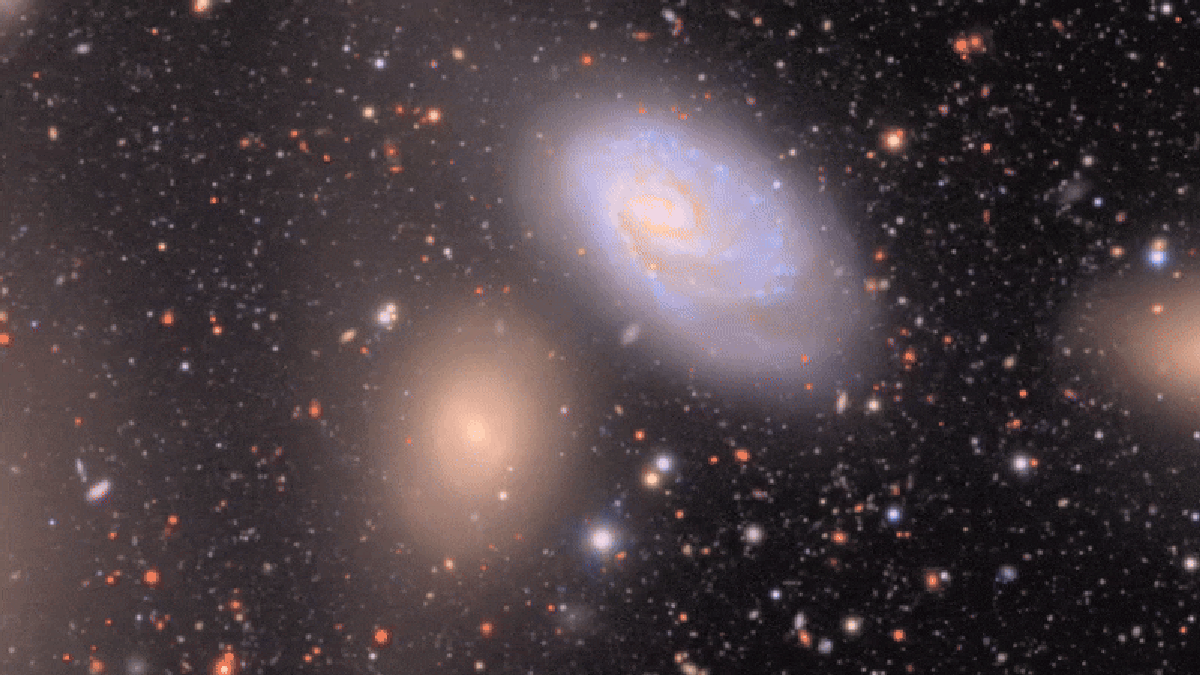
"The Rubin Observatory released its first images, showcasing vast star fields with a massive field of view and deep vision, marking a significant advancement in astronomical observations."
"Expectations for Rubin include approximately 10,000 alerts per image and 10 million alerts per night, creating an overwhelming amount of data for astronomers to manage effectively."
"The experience of scientists observing alerts will be akin to receiving personalized notifications from the universe, highlighting the observatory's capability to inform about celestial changes rapidly."
"Managing the massive data stream from the Rubin Observatory is crucial; AlSayyad likens it to video feeds from dashcams that require filtering and organization to make sense of the information."
The Vera C. Rubin Observatory in Chile has debuted its first images showcasing expansive star fields. Its capabilities to produce vast amounts of data and rapid alerts for astronomers signify a new era in astronomical research. The observatory is expected to generate around 10,000 alerts per image and 10 million alerts nightly, necessitating advanced data management. This system will allow scientists to receive personalized notifications regarding celestial changes, akin to a continuous video feed that requires filtering for efficient use.
Read at www.scientificamerican.com
Unable to calculate read time
Collection
[
|
...
]